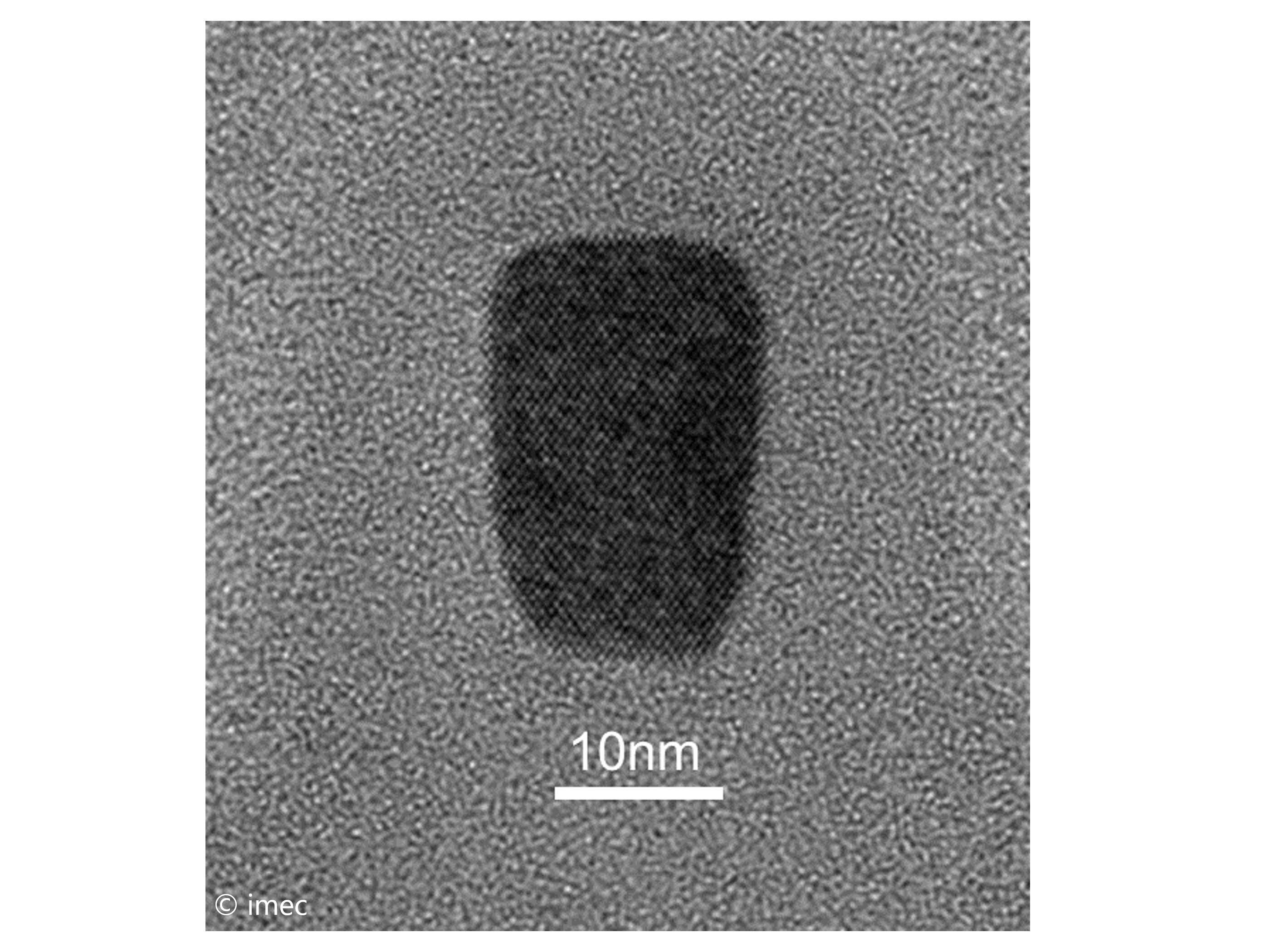#Sustainable biomedical device for use in regenerative medicine
“#Sustainable biomedical device for use in regenerative medicine”

UPV/EHU researchers have developed a biomedical device consisting of byproducts from the food industry and which displays excellent properties for use in regenerative medicine. The novel device comprises soy protein and chitin, which form a matrix with a porous, interconnected microarchitecture similar to that of certain body tissues. The work has been published in the June issue of Green Chemistry.
Added to the growing need to develop new therapies for biomedical applications is the social requirement to be environmentally friendly. In this respect, the group of researchers has shown that natural byproducts from the food industry, normally discarded in industrial processes, could be an excellent source of biomaterials for producing biomedical devices.
“It is important to point out that to date, no one has exploited the potential in regenerative medicine displayed by soy protein and chitin blended in a microporous matrix,” the researchers write. “As the first milestone in this respect, this novel device incorporates two natural components obtained from the food industry, thus contributing toward the widely called-for social requirement to upgrade waste from production on an industrial level.
The device has also displayed some physico-chemical and mechanical properties suitable for applications in regenerative medicine. What is more, it has also been found to be totally biocompatible, not only in in vitro cell lines, but also in an in vivo murine model. Finally, we have confirmed that this device is capable of hosting a large number of viable stem cells inside it, thus increasing its level of bioactive compound secretion and displaying its potential as a very effective vehicle in cell therapy.”
This biotechnological approach may have a potentially successful application in the matrix-based regenerative medicine industry. These devices capable of hosting stem cells are destined to be the revolution, not only in biomedical research but also in everyday clinical practice. “Clinical scenarios as complex as chronic injuries or bone problems need a multifocal approach which combines bioactive matrices with biological agents having regenerative effects,” they concluded.
More information:
Kevin Las Heras et al. Soy protein and chitin sponge-like scaffolds: from natural by-products to cell delivery systems for biomedical applications, Green Chemistry (2020). DOI: 10.1039/D0GC00089B
Sustainable biomedical device for use in regenerative medicine (2020, July 1)
retrieved 1 July 2020
from https://phys.org/news/2020-07-sustainable-biomedical-device-regenerative-medicine.html
This document is subject to copyright. Apart from any fair dealing for the purpose of private study or research, no
part may be reproduced without the written permission. The content is provided for information purposes only.
If you want to read more Like this articles, you can visit our Science category.
if you want to watch Movies or Tv Shows go to Dizi.BuradaBiliyorum.Com for forums sites go to Forum.BuradaBiliyorum.Com




